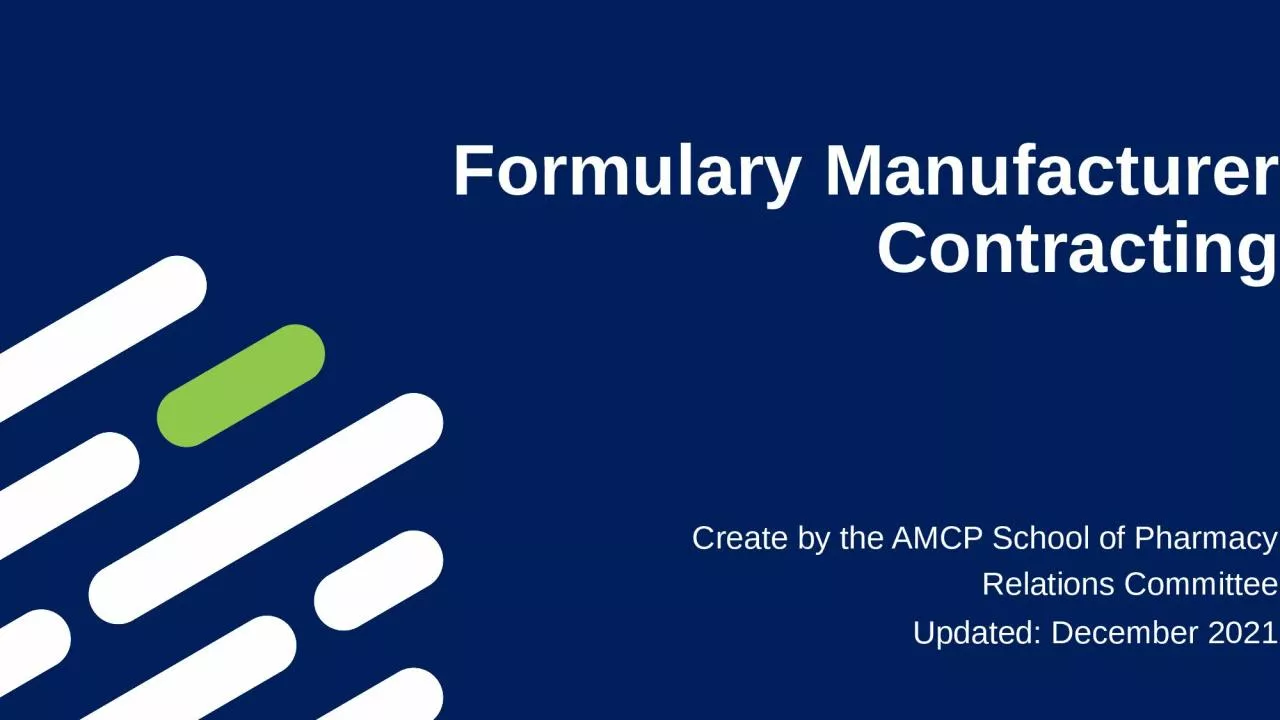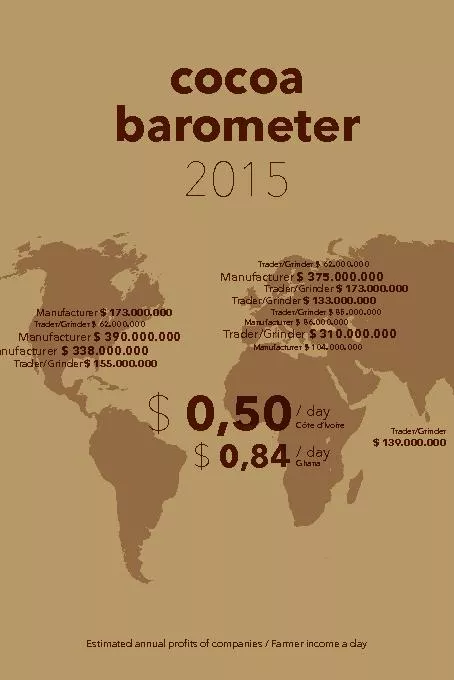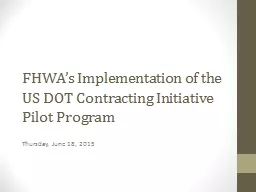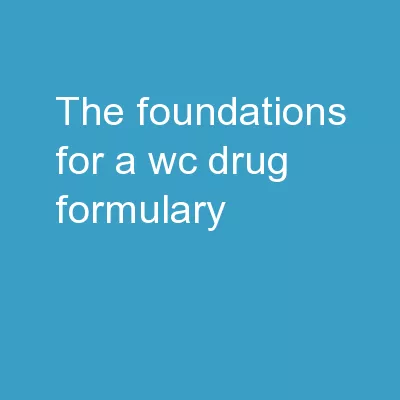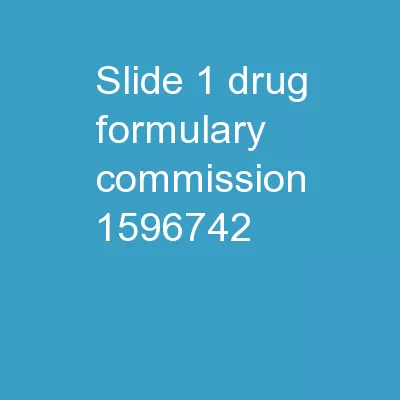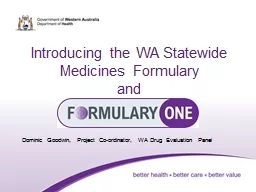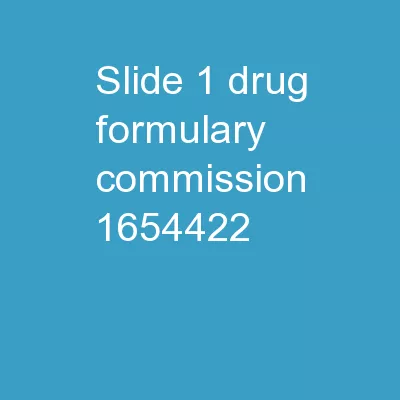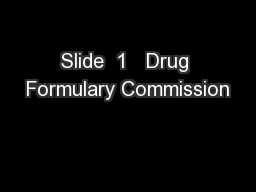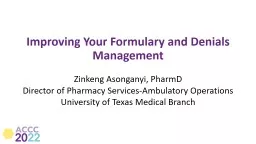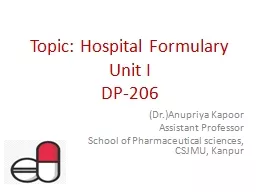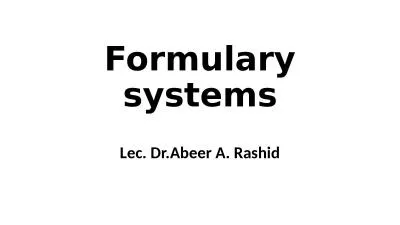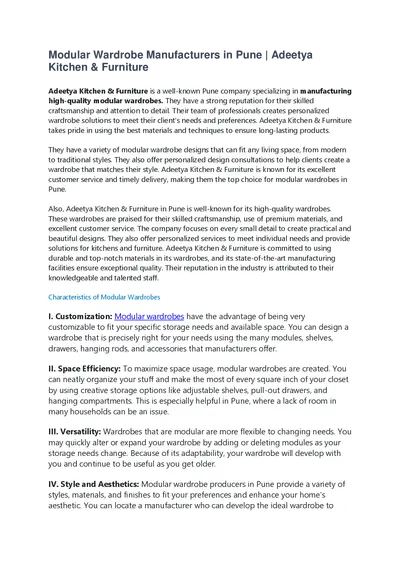PPT-Formulary Manufacturer Contracting
Author : queenie | Published Date : 2024-03-15
Create by the AMCP School of Pharmacy Relations Committee Updated December 2021 What is a Rebate A rebate is a payment provided by the pharmaceutical manufacturer
Presentation Embed Code
Download Presentation
Download Presentation The PPT/PDF document "Formulary Manufacturer Contracting" is the property of its rightful owner. Permission is granted to download and print the materials on this website for personal, non-commercial use only, and to display it on your personal computer provided you do not modify the materials and that you retain all copyright notices contained in the materials. By downloading content from our website, you accept the terms of this agreement.
Formulary Manufacturer Contracting: Transcript
Download Rules Of Document
"Formulary Manufacturer Contracting"The content belongs to its owner. You may download and print it for personal use, without modification, and keep all copyright notices. By downloading, you agree to these terms.
Related Documents

